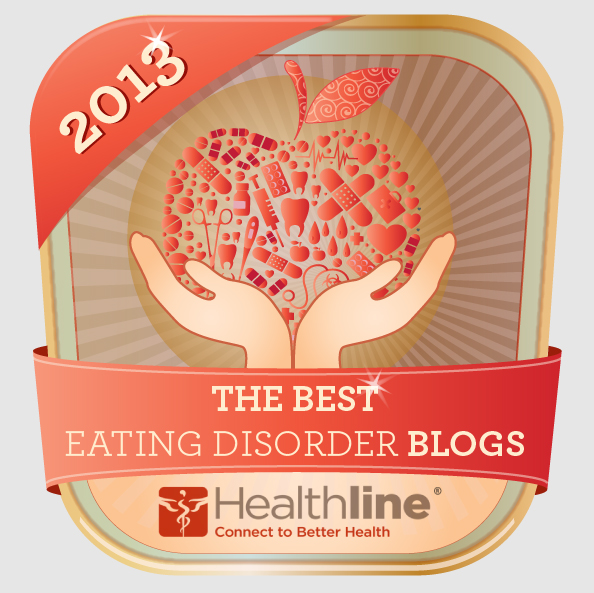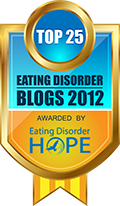It's true, loving yourself more does improve your life. How well can things go if you're worst enemy is yourself? How good can you feel if you're always concentrating on perceived flaws, past mistakes, and shortcomings?
This week's R.I.S.E. (recovery inspiration strength exercise) is to love yourself better. When we truly love ourselves the world responds to our positivity... and so do we.
10 Ways To Love Yourself Better
1. Put down the mirror. Without taking your appearance into consideration, make a list of all the wonderful things that make you special.
2. Dump the negativity. We all have flaws. There is no such thing as a perfect human being. Stop negative self-talk in it's tracks and replace those thoughts with positive, loving statements. Say them aloud. Say them with meaning.
3. Help someone in need. Lend a shoulder, and ear, a hug of support, volunteer at a soup kitchen, visit with the elderly... do something that makes the life of another happier, easier, and more enjoyable. Helping others, helps ourselves.
4. Smile. The act of smiling actually makes you feel better. There's a chemical reaction that occurs when we smile which makes us feel happy, lowers our blood pressure, lowers our stress levels, and adds years to our life. Smiling at a stranger affects their day, too, so be generous and give some smiles away.
5. Be grateful. No matter what is going on in your life there is always something to be grateful for. Start giving thanks before your feet even hit the floor in the morning. Being grateful in the midst of difficult times shifts our focus and allows us to get some perspective.
6. Take a time out. Our days can get hectic. Take the time to slow down, pause, take a few deep breaths, and re-balance yourself. A few moments can make a big difference in how you feel.
7. Mix it up. Do something out of the ordinary, something different from the usual scheduled routine of your day. Leave for work early and take a different route. Walk to an appointment instead of driving or taking the bus. Meet up with a friend for lunch, a movie, or simply for coffee and catching up.
8. Change your environment. Add elements that will treat your senses and lift your spirits. Scented candles, a great painting or photograph, play your favorite music, add a jar with a collection of things that you've collected while walking on the beach... the choices are endless.
9. Get out. Don't isolate. Interact with others in person.
10. Laugh. Watch a funny movie, get together with funny friends, tell a few corny jokes. In a pinch, fake it. Even fake laughing will make you feel better. Like smiling, laughing causes a chemical reaction that benefits us in many ways.
If we really love ourselves, everything in our life works.
Louise L. Hay
Happy Valentine's Day!
©Weighing The Facts
See sidebar menu for more R.I.S.E.



 2
comments
2
comments




















